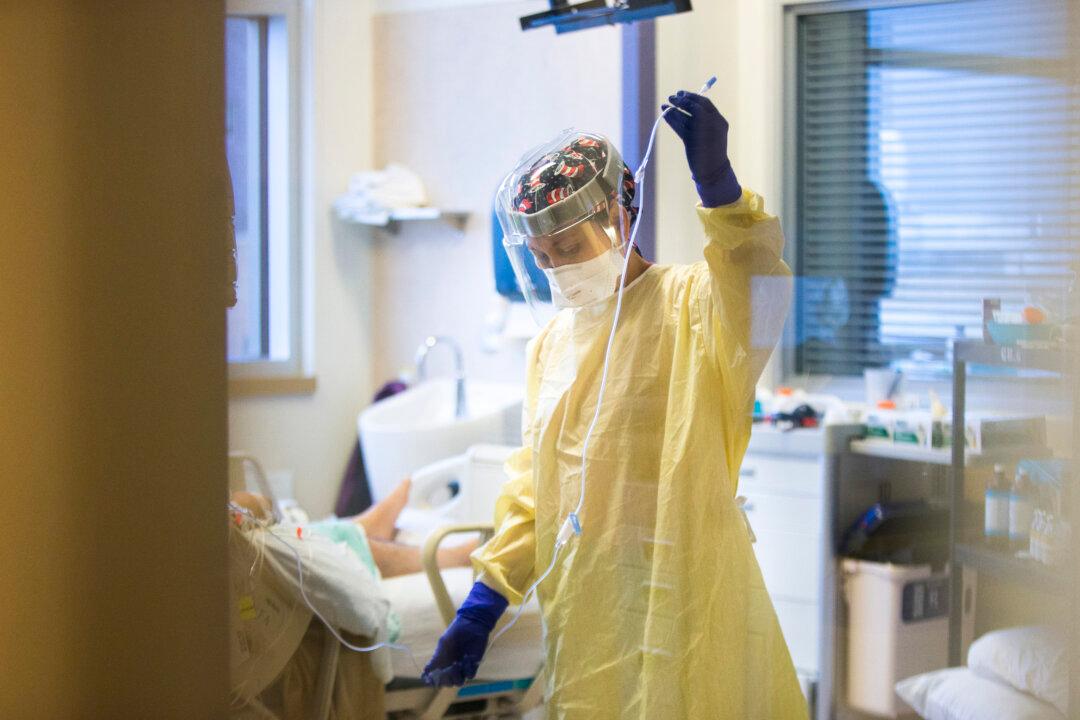Just months after most places across the country, including hospitals, had finally removed mandatory face mask policies, many health care facilities are citing respiratory virus season as the reason for a return to mask-wearing requirements.
British Columbia
British Columbia Provincial Health Officer (PHO) Bonnie Henry announced “medical” masks would be required in all public health care facilities as of Oct. 3. Health care workers, volunteers, visitors in patient care areas, and contractors are required to mask up, as are long-term care visitors if they are in common areas of a facility.Masks will not be mandated for patients in most cases, or for long-term care residents, unless a health care worker directs, Dr. Henry said.





